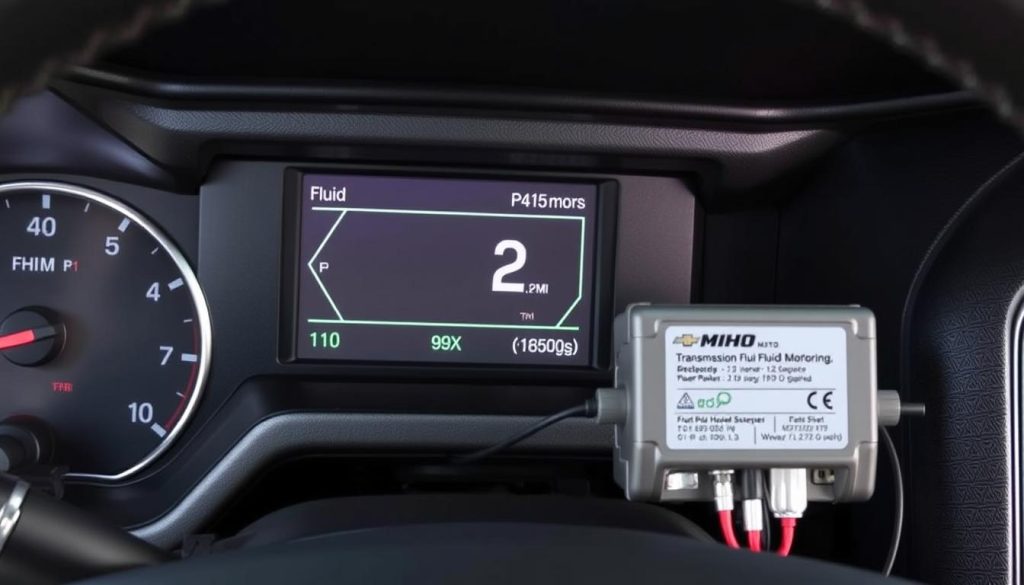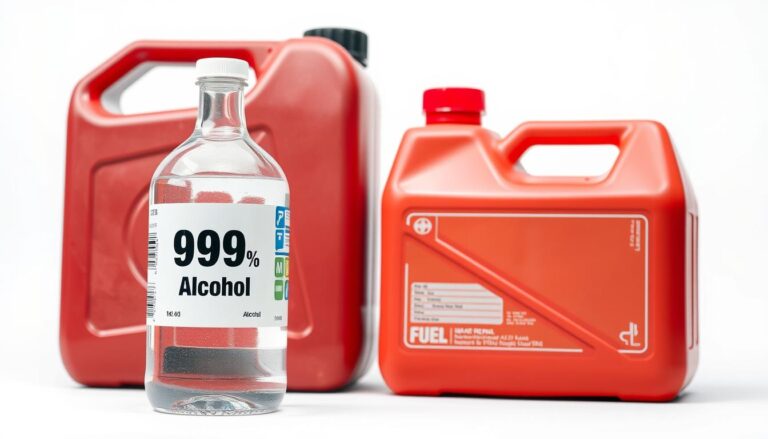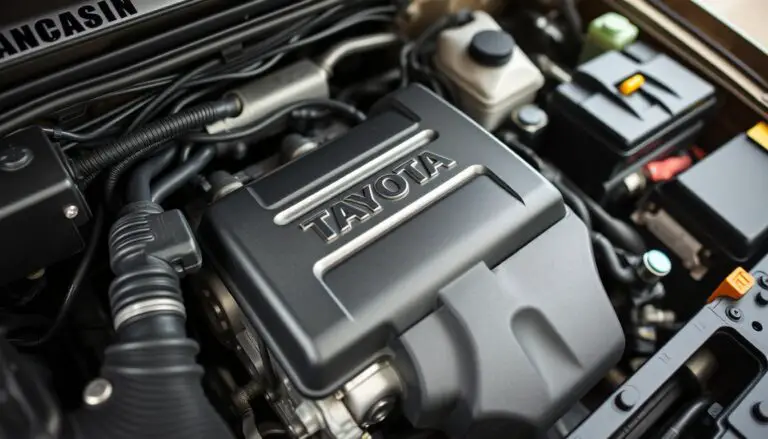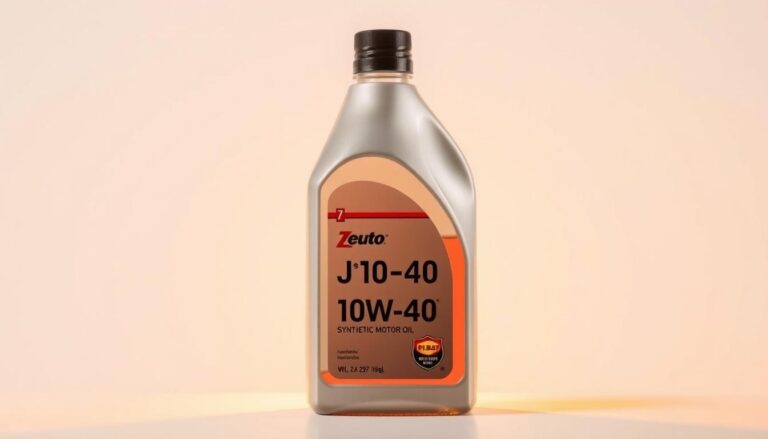Maintaining the correct transmission fluid level in your Chevy Silverado is crucial for optimal performance and longevity. Whether you own a 1999 work truck or a 2024 luxury model, this comprehensive guide provides the exact fluid capacities, recommended fluid types, and maintenance intervals for every Silverado generation. We’ve compiled official specifications and practical insights to help you maintain your truck’s transmission system with confidence.
Understanding Transmission Fluid Capacity Basics
Transmission fluid capacity refers to the total amount of fluid your Silverado’s transmission system requires for proper operation. This fluid serves multiple critical functions: lubricating moving parts, cooling the transmission, transmitting hydraulic pressure, and protecting against wear.
Diagram showing key components of the Silverado transmission system and fluid pathways
Using the correct amount of fluid is essential – too little can cause overheating and premature wear, while too much can create excessive pressure and foaming. Each Silverado model has specific capacity requirements based on its transmission type, drivetrain configuration, and model year.
Transmission Fluid Capacities by Silverado Generation
The following tables provide detailed transmission fluid capacities for Chevy Silverado models across different generations. Capacities are listed in both quarts and liters to accommodate different measurement preferences.
| Model Years | Engine Type | Transmission Type | Drivetrain | Capacity (Quarts) | Capacity (Liters) |
| 1999-2007 | 4.3L V6 | 4L60E Automatic | 2WD | 11.0 | 10.4 |
| 1999-2007 | 4.3L V6 | 4L60E Automatic | 4WD | 11.2 | 10.6 |
| 1999-2007 | 5.3L V8 | 4L60E Automatic | 2WD | 11.0 | 10.4 |
| 1999-2007 | 5.3L V8 | 4L60E Automatic | 4WD | 11.2 | 10.6 |
| 1999-2007 | 6.0L V8 | 4L80E Automatic | 2WD/4WD | 13.7 | 13.0 |

First generation Silverado (1999-2007) transmission pan view
| Model Years | Engine Type | Transmission Type | Drivetrain | Capacity (Quarts) | Capacity (Liters) |
| 2007-2014 | 4.3L V6 | 4L60E Automatic | 2WD | 11.0 | 10.4 |
| 2007-2014 | 4.8L/5.3L V8 | 4L60E Automatic | 2WD | 11.0 | 10.4 |
| 2007-2014 | 4.8L/5.3L V8 | 4L60E Automatic | 4WD | 11.2 | 10.6 |
| 2007-2014 | 6.0L/6.2L V8 | 6L80E Automatic | 2WD/4WD | 12.0 | 11.4 |
| 2007-2014 | 6.6L Duramax | Allison 1000 | 2WD/4WD | 13.5 | 12.8 |

Checking transmission fluid on a second generation Silverado (2007-2014)
| Model Years | Engine Type | Transmission Type | Drivetrain | Capacity (Quarts) | Capacity (Liters) |
| 2014-2018 | 4.3L V6 | 6L80E Automatic | 2WD | 11.4 | 10.8 |
| 2014-2018 | 5.3L V8 | 6L80E Automatic | 2WD/4WD | 11.6 | 11.0 |
| 2014-2018 | 6.2L V8 | 8L90E Automatic | 2WD/4WD | 13.4 | 12.7 |
| 2014-2018 | 6.6L Duramax | Allison 1000 | 2WD/4WD | 13.5 | 12.8 |

Transmission pan removal on a third generation Silverado (2014-2018)
| Model Years | Engine Type | Transmission Type | Drivetrain | Capacity (Quarts) | Capacity (Liters) |
| 2019-2024 | 2.7L Turbo | 8L90E Automatic | 2WD/4WD | 13.4 | 12.7 |
| 2019-2024 | 5.3L V8 | 8L90E Automatic | 2WD/4WD | 13.4 | 12.7 |
| 2019-2024 | 5.3L V8 | 10L80 Automatic | 2WD/4WD | 14.8 | 14.0 |
| 2019-2024 | 6.2L V8 | 10L80 Automatic | 2WD/4WD | 14.8 | 14.0 |
| 2019-2024 | 3.0L Duramax | 10L80 Automatic | 2WD/4WD | 14.8 | 14.0 |
| 2019-2024 | 6.6L Duramax | Allison 10L1000 | 2WD/4WD | 15.6 | 14.8 |

Transmission Fluid Capacity Comparison Charts
Silverado 1500 vs. 2500/3500 Models

Automatic vs. Manual Transmission Capacities

Fluid capacity comparison between automatic and manual Silverado transmissions
Transmission Fluid Capacity by Generation

How to Check Your Silverado’s Transmission Fluid Level
For 1999-2018 Models (With Dipstick)
- Park your Silverado on level ground and start the engine.
- Allow the engine to reach normal operating temperature.
- Shift through all gears, then place in Park.
- With the engine still running, locate the transmission dipstick (typically with a red or pink handle).
- Remove the dipstick, wipe it clean with a lint-free cloth.
- Reinsert the dipstick fully, then remove it again to check the fluid level.
- The fluid level should be between the “MIN” and “MAX” or “COLD” and “HOT” marks.
- Check the fluid color – it should be red or pink, not brown or black.

For 2019-2024 Models (No Dipstick)
Newer Silverado models use an electronic monitoring system without a traditional dipstick. To check the fluid level:
- Park on level ground and start the engine.
- Allow the transmission to reach operating temperature (15-20 minutes of driving).
- Access the Driver Information Center on your dashboard.
- Navigate to “Vehicle Information” then “Oil Life”.
- Select “Transmission Fluid” to view the current level status.
- If the system indicates low fluid, visit a dealership or qualified mechanic for service.

Important: 2019 and newer Silverados do not have transmission dipsticks for owner checking. These sealed systems require special tools and procedures to check and add fluid. For these models, rely on the electronic monitoring system and scheduled maintenance.
Transmission Fluid Replacement Intervals
| Driving Conditions | Recommended Interval (Miles) | Recommended Interval (Kilometers) | Notes |
| Normal Driving | 100,000 | 160,000 | Per Chevrolet’s standard maintenance schedule |
| Severe Duty | 50,000 | 80,000 | Heavy towing, off-road use, extreme temperatures |
| Commercial Use | 30,000 | 48,000 | Delivery, construction, frequent towing |
| Filter Change | Every other fluid change | Every other fluid change | More frequently for severe duty |

Transmission fluid color comparison: fresh (left) vs. worn (right)
Recommended Transmission Fluid Types
| Model Years | Transmission Type | Recommended Fluid | Specification |
| 1999-2005 | 4L60E/4L80E | DEXRON®-III Automatic Transmission Fluid | GM Part #88861003 |
| 2006-2018 | 4L60E/4L80E/6L80E/8L90E | DEXRON®-VI Automatic Transmission Fluid | GM Part #19417577 |
| 2019-2024 | 8L90E/10L80/10L90 | DEXRON®-HP Automatic Transmission Fluid | GM Part #19417577 |
| All Years | Allison 1000/10L1000 | DEXRON®-VI Automatic Transmission Fluid | GM Part #19417577 |
| All Years | Manual Transmissions | GM Goodwrench Synthetic Manual Transmission Fluid | GM Part #12346190 |

Transmission Maintenance Tips for Silverado Owners
Warning Signs of Low Fluid
- Delayed or harsh shifting
- Slipping transmission
- Overheating transmission
- Unusual noises (whining, buzzing)
- Transmission warning light
- Burning smell

Dashboard warning indicators
Consequences of Overfilling
- Fluid foaming and aeration
- Reduced hydraulic pressure
- Erratic shifting
- Overheating
- Seal and gasket damage
- Fluid leakage

Towing Considerations
- Install transmission cooler
- Use tow/haul mode
- Check fluid more frequently
- Consider fluid change every 30,000 miles
- Monitor transmission temperature
- Allow cool-down periods


Frequently Asked Questions
Can I use generic ATF in my Silverado?
While generic ATF might work temporarily, it’s not recommended for long-term use. Chevrolet Silverados are designed to work with specific fluid formulations that meet GM’s DEXRON specifications. Using generic fluids can lead to:
- Premature wear of transmission components
- Poor shift quality and responsiveness
- Reduced protection at extreme temperatures
- Potential voiding of warranty coverage
The cost difference between generic and manufacturer-specified fluid is minimal compared to the potential cost of transmission repairs or replacement.
How does cold weather affect transmission fluid capacity?
Cold weather significantly impacts transmission fluid behavior and capacity considerations:
- Fluid contracts in cold temperatures, potentially showing falsely low on dipstick
- Viscosity increases, making the fluid thicker and less effective initially
- Cold fluid provides less protection during startup
- Warm-up time increases before reaching optimal operating temperature
In extremely cold climates, consider using transmission fluid specifically formulated for cold weather operation and allow your truck to warm up properly before driving.
How do I check fluid on 2020+ models with electronic monitoring systems?
Newer Silverado models (2020+) use sealed transmissions with electronic monitoring instead of traditional dipsticks. To check fluid levels:
- Use the Driver Information Center on your dashboard
- Navigate to Vehicle Information > Oil Life > Transmission Fluid
- The system will display fluid level status
If service is needed, the vehicle requires specialized equipment at a dealership or qualified service center. These systems are designed to maintain fluid for the life of the vehicle under normal conditions, though severe duty may require service.

What’s the difference in capacity between 1500 and 2500/3500 models?
Silverado 2500/3500 HD models generally have larger transmission fluid capacities than 1500 models due to their heavier-duty components and enhanced cooling systems:
- 1500 models with 6L80E: approximately 11.6 quarts (11.0 liters)
- 2500/3500 models with 6L90E: approximately 13.4 quarts (12.7 liters)
- 1500 models with 10L80: approximately 14.8 quarts (14.0 liters)
- 2500/3500 models with Allison 10L1000: approximately 15.6 quarts (14.8 liters)
The increased capacity in HD models helps manage the additional heat generated when towing and hauling heavy loads, which is crucial for transmission longevity.
How much fluid is lost during a filter change?
When changing the transmission filter on a Silverado, you can expect to lose approximately:
- 4L60E/4L80E transmissions: 4-5 quarts (3.8-4.7 liters)
- 6L80E/6L90E transmissions: 5-6 quarts (4.7-5.7 liters)
- 8L90E transmissions: 6-7 quarts (5.7-6.6 liters)
- 10L80/10L90 transmissions: 5.5-7 quarts (5.2-6.6 liters)
This represents approximately 40-50% of the total system capacity. When refilling, add fluid incrementally and check the level frequently to avoid overfilling.
Maintaining Your Silverado’s Transmission for Longevity
Proper maintenance of your Chevy Silverado’s transmission fluid is essential for ensuring reliable performance and maximizing the lifespan of this critical component. By following the manufacturer-recommended fluid capacities, types, and service intervals outlined in this guide, you can protect your investment and avoid costly repairs.
Remember that your specific driving conditions may necessitate more frequent fluid changes than the standard intervals. If you regularly tow heavy loads, drive in extreme temperatures, or use your truck for commercial purposes, consider adopting the severe duty maintenance schedule.
Whether you own a classic 1999 model or the latest 2024 Silverado, maintaining proper transmission fluid levels and quality will help ensure smooth shifting, optimal cooling, and reliable operation for years to come.


